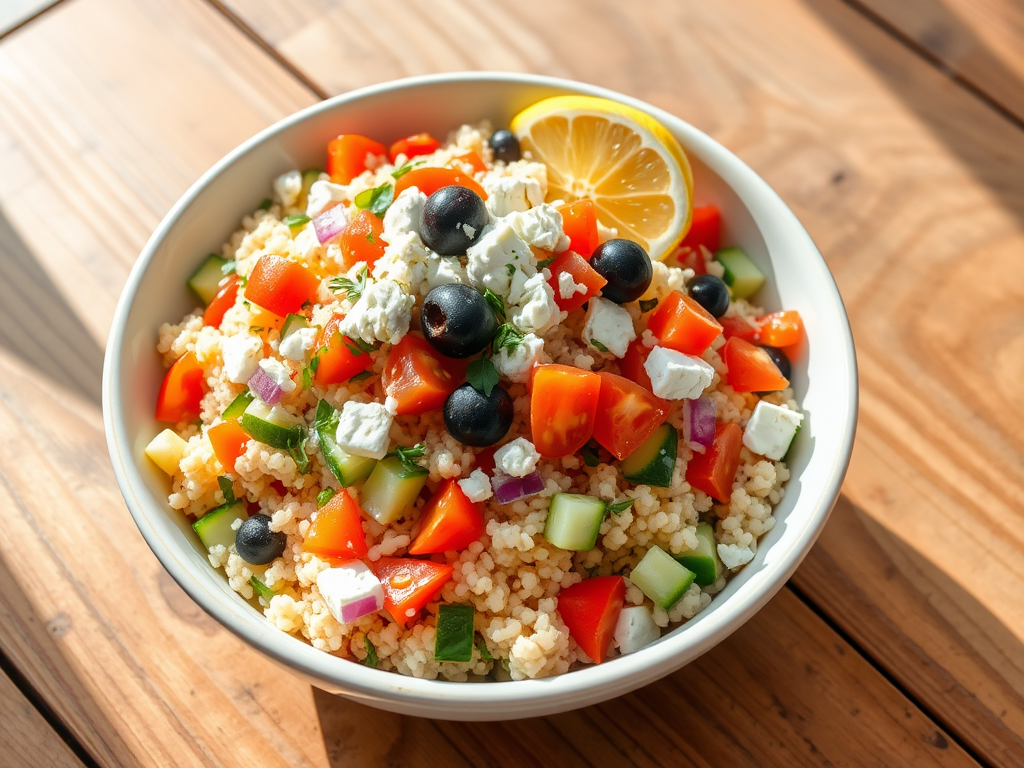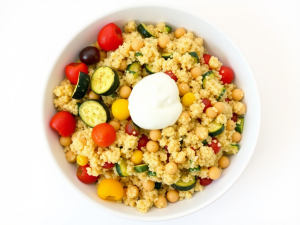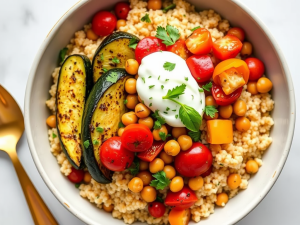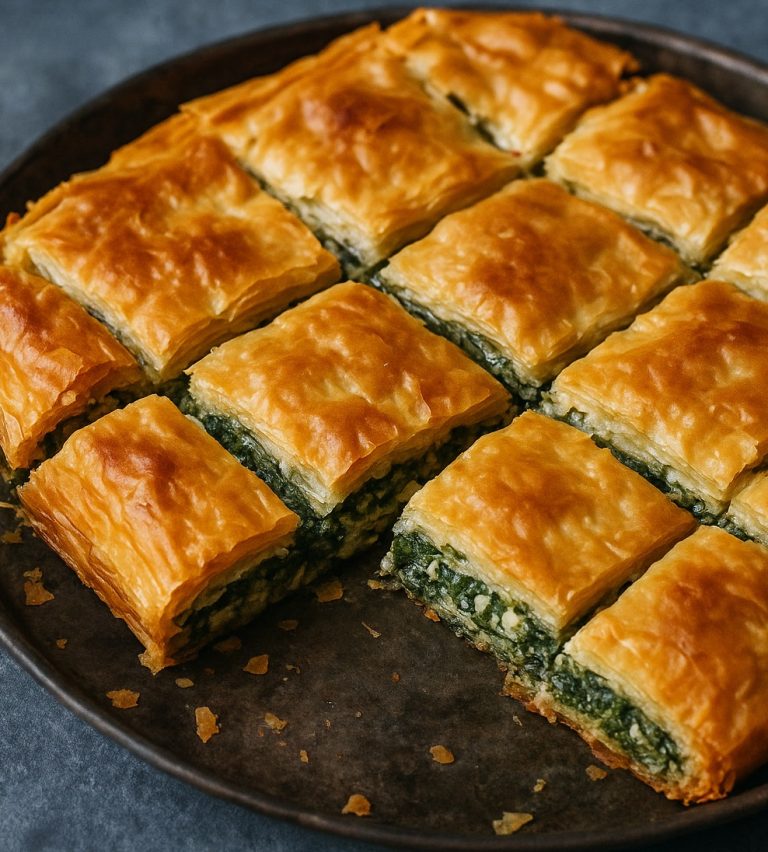
Greek-style couscous is a vibrant dish that captures the essence of Greek cuisine. Combining the nutty texture of couscous with fresh vegetables, herbs, and traditional Greek flavors, this dish is not only delicious but also easy to prepare. Here’s a closer look at what makes Greek-style couscous a favorite among many.
What is Couscous?
Couscous is a type of pasta made from semolina wheat. It consists of tiny, round granules that can be steamed or boiled, making it a versatile base for various dishes. Couscous has gained popularity worldwide, especially in Greek cooking. Its mild flavor and ability to absorb surrounding tastes make it an excellent canvas for a variety of ingredients.
The Appeal of Greek Cuisine
Greek cuisine is celebrated for its emphasis on fresh ingredients, bold flavors, and healthy fats. The diet often includes plenty of vegetables, whole grains, lean proteins, and healthy fats like olive oil. This combination is not only delicious but also promotes overall well-being. Greek-style couscous perfectly embodies these principles, making it a wholesome choice for anyone looking to eat well.
Ingredients
Base Ingredients
- Couscous: You can use traditional small couscous or the larger couscous, which has a slightly chewier texture.
- Broth or Water: Using vegetable or chicken broth instead of plain water enhances the flavor of the couscous.
Flavorful Additions
- Olive Oil: A staple in Greek cuisine, it adds richness and is packed with healthy monounsaturated fats.
- Feta Cheese: Crumbled for a creamy, tangy component, feta is an essential ingredient that adds depth.
- Olives: Kalamata or green olives enhance the flavor, providing a salty punch.
- Vegetables: Common choices include cherry tomatoes, cucumber, red onion, bell peppers, and even roasted vegetables for added sweetness.
- Herbs: Fresh parsley, dill, mint, or oregano elevate the dish’s freshness and aroma.
- Lemon Juice: Adds brightness and acidity, balancing the richness of the olive oil and cheese.

Preparation
1. Cook the Couscous
Start by bringing broth or water to a boil in a saucepan. Once boiling, add the couscous, stir, and remove it from heat. Cover the pot and let it sit for about 5 minutes, allowing the couscous to absorb the liquid. Fluff the couscous with a fork to separate the grains.
2. Prepare the Vegetables
While the couscous is cooking, chop your choice of vegetables. A colorful mix not only looks appealing but also provides a range of nutrients. Consider using:
- Cherry Tomatoes: Sweet and juicy, they add a burst of flavor.
- Cucumber: Refreshing and crunchy, perfect for texture.
- Red Onion: Adds a mild sharpness, which can be mellowed by soaking in cold water for a few minutes.
- Bell Peppers: Use a mix of colors for visual appeal and sweetness.
3. Combine Ingredients
In a large bowl, combine the fluffed couscous with the chopped vegetables, olives, and crumbled feta cheese. Drizzle with olive oil and freshly squeezed lemon juice, then season with salt and pepper to taste.
4. Add Fresh Herbs
Finally, sprinkle the dish with freshly chopped herbs for an aromatic finish. Toss everything gently to combine, ensuring the flavors meld beautifully.
Serving Suggestions
Greek-style couscous can be served warm or cold, making it a great option for picnics or potlucks. Serve it as a side dish alongside grilled meats, seafood, or as a standalone vegetarian option. You can also use it as a filling for stuffed peppers or as a base for a grain bowl.
Garnishing and Presentation
For an appealing presentation, consider garnishing with additional crumbled feta and a sprinkle of fresh herbs. A few slices of lemon on the side can also add a pop of color and encourage guests to add more citrus to their servings.
Health Benefits
Couscous is a good source of carbohydrates, providing energy for your day. When combined with vegetables and olive oil, it forms a well-rounded meal rich in vitamins, minerals, and dietary fiber. The inclusion of healthy fats from olive oil and feta enhances its nutritional profile, making it a satisfying and healthful choice.
Nutritional Highlights
- High in Fiber: The vegetables and whole grains contribute to better digestion.
- Rich in Antioxidants: Ingredients like tomatoes and olive oil are known for their antioxidant properties.
- Heart-Healthy: The monounsaturated fats from olive oil can help reduce the risk of heart disease.
Variations and Customizations
One of the best aspects of Greek-style couscous is its versatility. Here are a few variations you might consider:
- Add Protein: Incorporate grilled chicken, shrimp, or chickpeas to make the dish more filling.
- Spice it Up: Add a pinch of red pepper flakes or chopped jalapeños for some heat.
- Seasonal Ingredients: Use whatever vegetables are in season for a fresh twist—zucchini, asparagus, or roasted eggplant all work beautifully.
- Different Cheeses: Try using goat cheese or ricotta for a different flavor profile.

Seasonal and Regional Touches
You can also adapt the recipe to reflect regional ingredients or seasonal produce. In summer, add fresh corn or zucchini, while in the fall, roasted butternut squash or Brussels sprouts can provide a comforting twist.
Conclusion
Greek-style couscous is a delightful dish that showcases the vibrant flavors of Greek cuisine. Its versatility allows for endless variations, making it perfect for any occasion. Whether served as a side or a main dish, it’s sure to be a hit at your next gathering. Enjoy the fresh, zesty flavors and the wholesome goodness that this dish offers!
Embrace the simplicity and delightful taste of Greek-style couscous, and let it transport you to a sun-drenched terrace with every bite. This dish not only nourishes the body but also celebrates the joy of cooking and sharing good food with loved ones.



